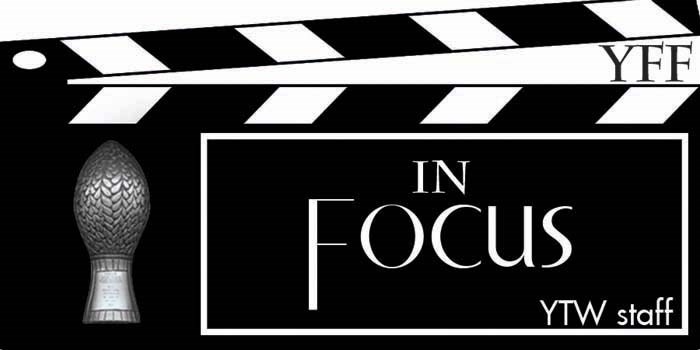At one point in High Grass Circus (dir. Tony Ianzelo, Torben Schioler) a juggler remarks that he’s a mediocre juggler, but an excellent showman, so that’s why he has the act. That seems to be the running theme of the Royal Bros Circus, the travelling tent-circus that went from town to town across Canada in the 1970s. Many of the acts aren’t necessarily great, and the documentary itself seems to go out of its way to strip the showmanship away or undermine it, to focus on the most mundane aspects of the circus rather than what the circus itself tries to sell.
Editing choices tend to underline the point, an acrobatic act is cross cut with an elephant pulling the circus trucks out of a mud bog, a scene where a man learns how to perform a fire eating act is immediately followed by the opening spiel for the act, describing him as a third generation fire eater, even though we know that he only learned that act that afternoon. While an act will get a cut to the stunned joy of a child in the sidelines, it will just as often spend a great deal of time on the support staff in the corners who most circuses make an effort to hide. Thanks to the magic of sound editing, we can hear performers swear at trained ponies and elephants, something which would be too quiet for the audience to hear in a regular performance.
The overriding impression of the Royal Bros Circus, at least to me, is that it wasn’t very good, which somehow makes the documentary more interesting. This is not a film about a dedicated group of professionals honing their craft, it isn’t even about people who like their job - a key scene has one of the partners in the circus, John Frazier, make the rounds in the morning finding out who still worked there and who had split in the night after a torrential downpour, counting six people who left. The greatest high wire act is not on display at the show, but watching Frazier try to fast talk his way out of fines after a venue draws complaints. The final scene of the film recounts how trucks broke on the tour and a hippo had to be buried outside of Rosthern, Sk, the described scene being at least more impressive than the tattooed man they bring out for a side show. They know they’re not going to do any business in a big city, preferring to get small towns which are hungry for live acts, and they seem to accept that they’ve got to subsist on showmanship. It makes it almost unfair that the documentary is determined to show as little of that showmanship as it can get away with.
There is a fair bit of showmanship on the part of the filmmakers, taking a camera up on the acrobatic apparatuses or right into the mouth of that same fire eater, and some parts at least show the pride some people have in their work - such as the clown describing how important it is to have your own makeup, because a clown without their own makeup that works with their face is not going to make it anywhere without that signature. And some people working there are dedicated, circus owner Al Stencell’s attempts to get a new animal act for $200 over the phone is desperate and sad enough to make one wish that the camera would pan away like the famous scene in Taxi Driver.
It’s decidedly a film of its time, both in style and content. Animal acts are increasingly unpopular for modern circuses, the Royal Bros themselves are no longer in business, and Stencell’s casual comments about what female attendees are wearing probably wouldn’t fly in a modern context either. Since it’s the ‘70s, the film is muddy and it ends on a down note, listing truck repairs and performer deaths, right down to that aforementioned hippo.
The documentary won in Yorkton in 1977 and was nominated for an Academy Award for Best Documentary Feature. It is available through the National Film Board’s website at nfb.ca.




